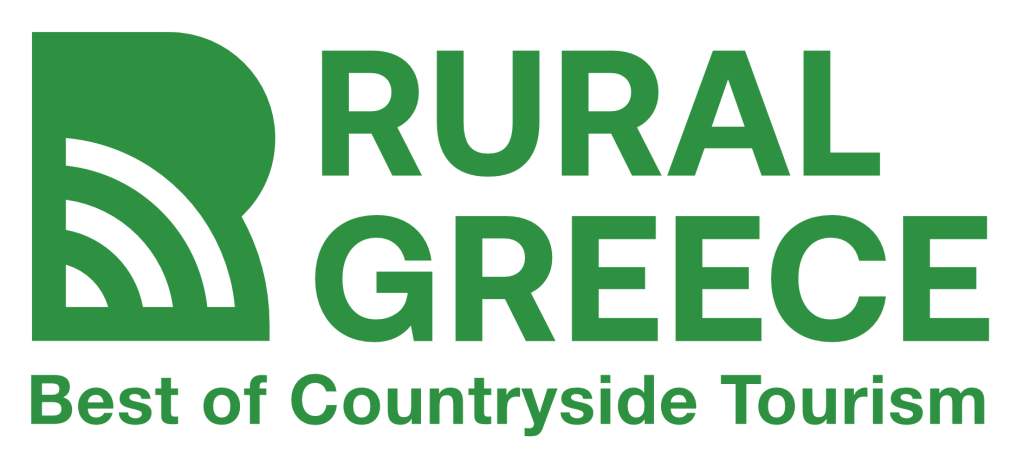Title – Name
Visit Napa Valley
Scope / Sector / Industry
Wine Tourism
Country / Region
USA, California – Napa Valley
Why is it good practice?
The case of wine tourism management in Napa Valley County is a good practice as, while it is not considered a region with a long wine history and tradition, it has become a leading wine destination for wine lovers worldwide. Based on the promotion and offering of a variety of wine tourism experiences and a strong marketing effort, Napa Valley County, the main ambassador of wine tourism in the valley, is creating a strong wine identity similar to those of the traditionally historic wine destinations of Europe (France, Spain and Italy).
How is it applied?
Wine production in the United States dates back to the 16th century, when French settlers began to cultivate vineyards in the Florida region. However, wine production began to establish itself in the 17th and 18th centuries and, despite significant challenges in the early 20th century, began to recover again in the 1960s and 1970s. During this period, a new generation of winemakers in California focused on improving the quality of their wines, laying the foundation for the renaissance of American wine production.
It is important to note that the development of wine tourism in the United States, given the lack of a long history in the wine sector (unlike Europe), was based mainly on the picturesque vineyard landscapes and the wine experiences developed in wineries, making them more attractive to visitors. That’s why today, many wineries offer a variety of experiences, from vineyard tours and tastings to wine education workshops and special events. This growth in wine tourism has not only provided an additional revenue stream for wineries, but has also helped promote American wine culture.
A milestone in wine production and a catalyst for the revival of the USA wine industry was the establishment of the “American Viticultural Areas” (AVAs) in 1980, which are designated wine-growing regions with distinct geographic and climatic characteristics. The AVA system currently lists 267 AVAs across the country, with the majority located in California.
Today, the United States has over 390.000 hectares of vineyards spread across all 50 states, with California responsible for 85% of USA wine production. The state’s most famous wine regions are Napa Valley and Sonoma County. Napa Valley is located in Northern California and is known for its high-quality wines and scenery, attracting millions of visitors each year. The valley’s vineyards cover approximately 18.623 hectares, with more than 40 grape varieties. Napa Valley winemaking is characterized by its strong family business structure, with 95% of the region’s 475 wineries being family-owned, and in 1981 it was officially recognized as an American Viticultural Area with 16 AVA sub-areas.
Despite the growth of wine tourism, the United States lacks a central agency responsible for managing or promoting wine tourism at the national level. The National Travel and Tourism Office (NTTO), under the USA Department of Commerce, is responsible for the general promotion of travel and tourism in the United States, and there is no specific national strategy for promoting wine tourism. In the case of Napa Valley, wine tourism is a regional affair and is specifically overseen by Visit Napa Valley, the county’s official destination marketing organization. While there is no official regional plan or strategy specifically focused on wine tourism, Visit Napa Valley works to position the region as a premier wine destination through marketing and collaborative efforts with local organizations such as the Napa Valley Vintners (trade association of winemakers) and the Napa Valley Grapegrowers (association of grape growers).
In the context of marketing and promoting wine tourism, the official website of Visit Napa Valley has a special section for wine tourism, offering information on the history of winemaking, grape varieties and AVA areas of the valley. In addition, it presents the wineries and their services, the tasting rooms and places that offer wine tasting and cooking classes, the wine tourism services offered (e.g. luxury cars, motorcycles, sidecars, picnics, event organization, etc.), as well as wine parcel delivery services (for those who wish to buy wines and send them safely to their place). In addition, accompanying activities such as sports (hiking, cycling, golf, etc.), wellness and other more special activities (e.g. hot air balloon tours) are promoted. It is important to mention that the visitor can purchase the service he wants online on the same website. Most of the above information is captured on a detailed map, making it easier for the visitor. In addition, accompanying information is provided such as suggestions for accommodation, food and 14 thematic routes (e.g. pet friendly, LGBTQ+, for children, for art lovers, for female or male groups, for group tours or visitors traveling alone, etc.).
Within the framework of personalized services, the visitor is given the opportunity to choose between 8 types of wineries (e.g. ecological, adventurous, VIP, etc.) and depending on the type desired, the corresponding wineries are suggested. In addition, some practical advice is given to visitors so that they do not find themselves exposed during a wine experience. Indicatively, the pre-booking of the visitor’s visit is mentioned and also the offer of a tip (it is considered very important and reference is made to indicative amounts).
Visit Napa Valley’s effort to promote sustainable practices in wine tourism is also important. As early as 1968, Napa Valley was designated as the first agricultural refuge in the United States, which is protected and preserved. Today, however, other actions are being taken towards protection. Initially, wineries that hold the Napa Green Winery label are promoted, a certification from the Napa Valley Vintners Association, which validates the sustainable practices followed by wineries in the region, from energy efficiency and water to social equity and climate action. These wineries are featured on the official Visit Napa Valley website along with eco-friendly accommodation suggestions. Today, there are more than 90 certified Napa Green wineries, representing 40% of all certified sustainable wineries in California and 34% of all certified sustainable wineries in the United States.
The website also promotes wine hiking or biking trails as gentle tourist experiences that do not burden the environment and nature. In fact, the Napa Valley Vine Trail Coalition, a nonprofit organization that has completed 12.5 miles of a hiking/biking trail system that stretches from the town of Napa north to Yountville, is working to build a 47-mile open-access trail that will run the length of the valley.
Furthermore, in the context of raising visitor awareness and developing more responsible tourism, Visit Napa Valley encourages visitors to:
- admire the vineyards from a distance and not walk in them, as they are a sensitive ecosystem (unless it is done as part of a wine tour),
- buy local products to support local growers,
- avoid using plastic bags,
- walk only on marked trails in order to protect sensitive and wild ecosystems,
- avoid using private vehicles and prefer cycling or walking, and
- do not leave litter.
When staying at an accommodation, it encourages guests to:
- not require daily linen changes,
- separate their trash and recycle them,
- bring their own reusable water bottle, and
- inquire about the accommodation’s sustainability practices.
Finally, it is worth noting that Visit Napa Valley is making a significant effort to ensure accessibility for people with disabilities. In this context, the website offers the necessary technology to make its information accessible to everyone.
Where is it applied?
The effort to promote and showcase wine tourism in the Napa Valley region of California and its management initiatives by the respective county directly concern region’s visitors, especially those who want to live a wine experience in the most popular wine destination in the United States.
When did it applied?
The organization “Visit Napa Valley” was founded in 1990.
Results
The effectiveness of Visit Napa Valley’s actions is reflected in its 2023 research, according to which the region welcomed a total of 3.7 million visitors and the tourism industry brought in $107.5 million in revenue (a 26% increase from 2018). Visitors spent $2.5 billion to support local businesses, while direct visitor spending increased by 13% from 2018. 90% of tourists are from the United States and only 10% from abroad. It is important to note that the tourism industry comes second only to the wine industry, supporting approximately 16,000 jobs in the community.
Wine tourism is the main activity of tourists, accounting for 79% of the remaining activities (dining, shopping, etc.). The average number of visits to wineries is 3 and to independent tasting rooms is 2.
Other Information
The official website of the “Visit Napa Valley” organization is: https://www.visitnapavalley.com/




